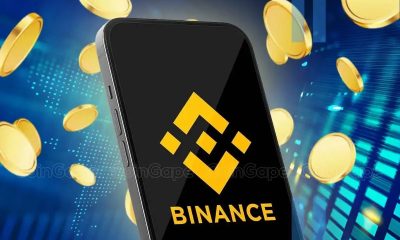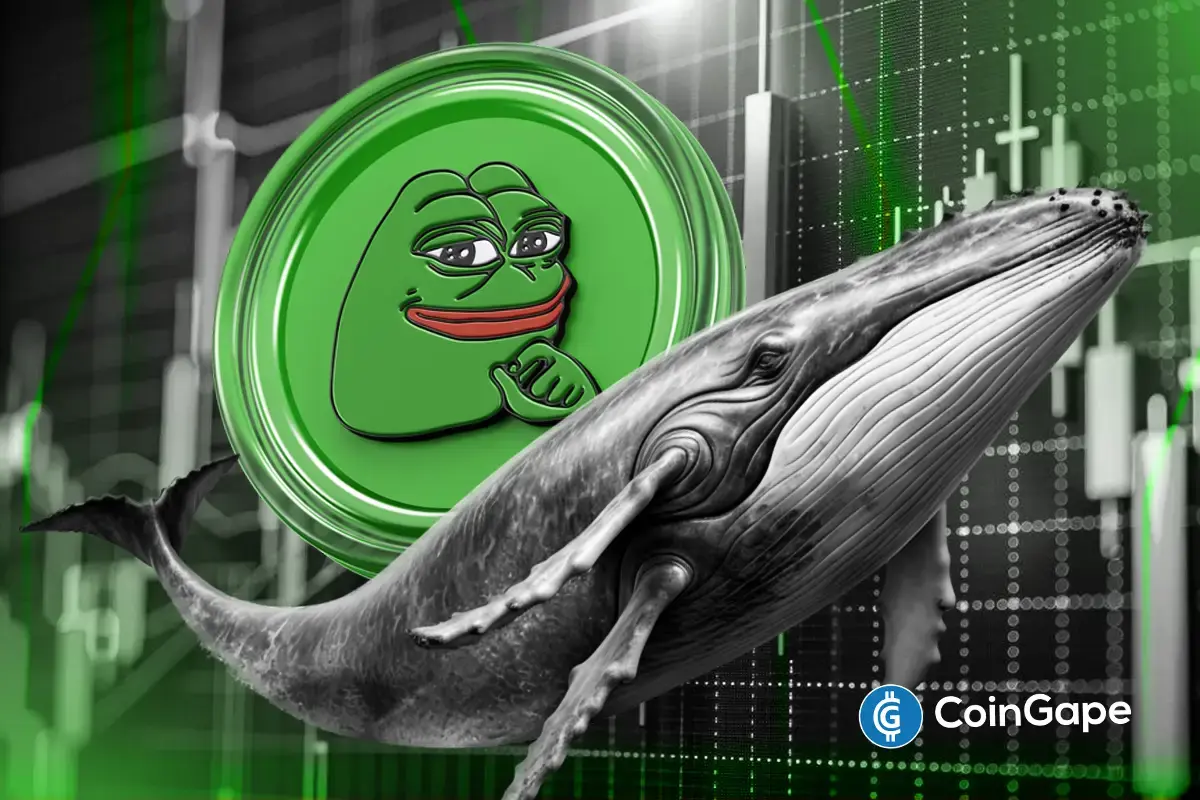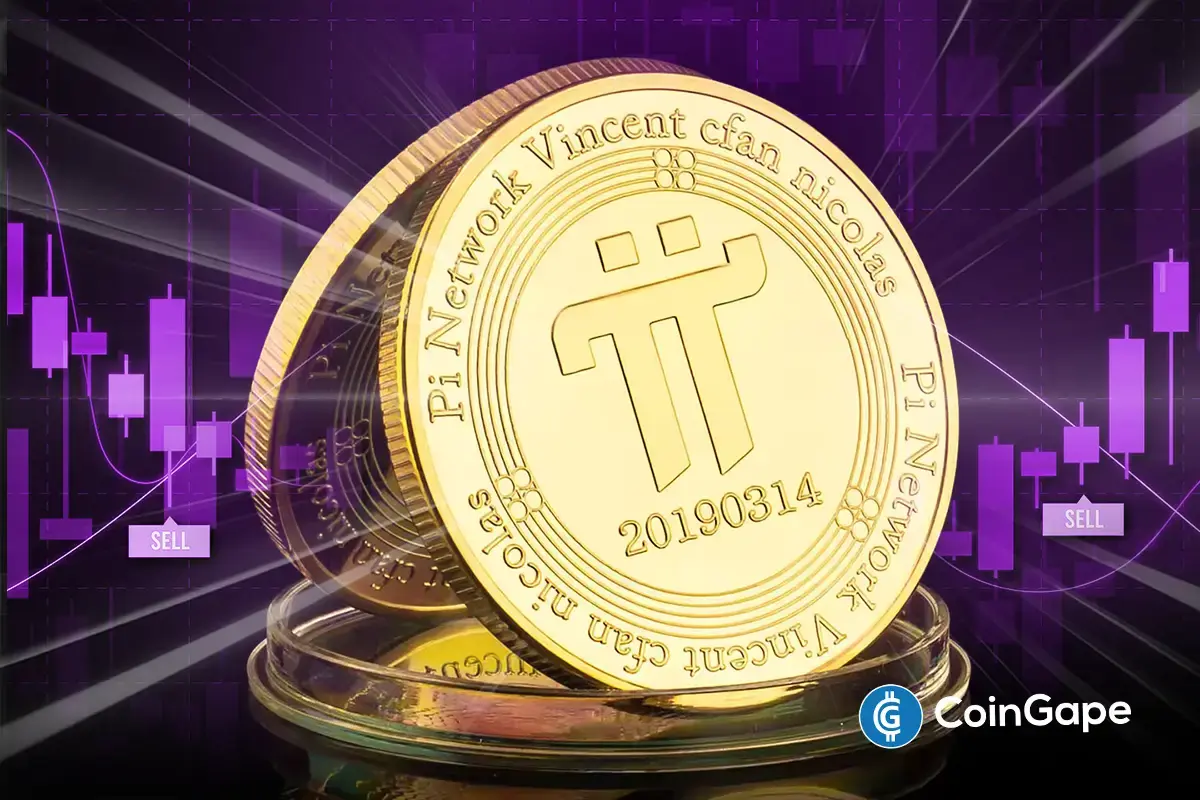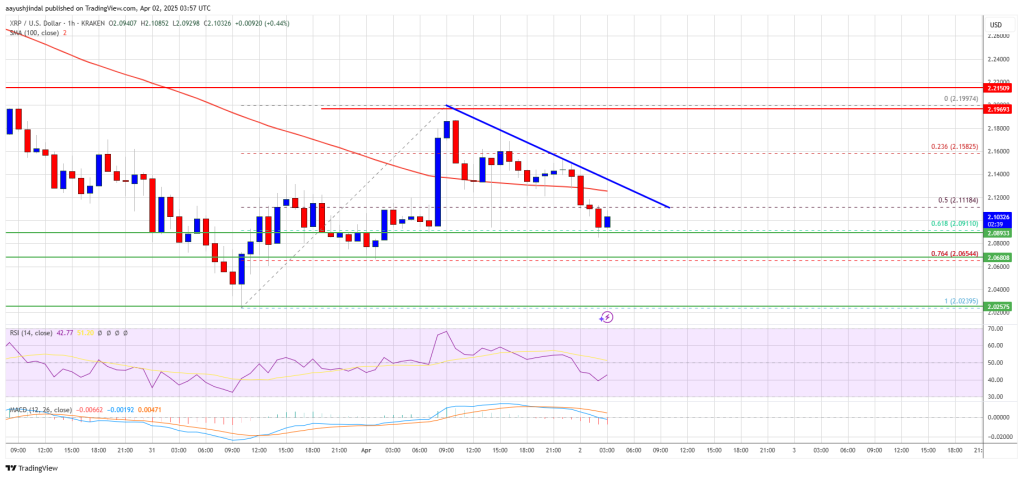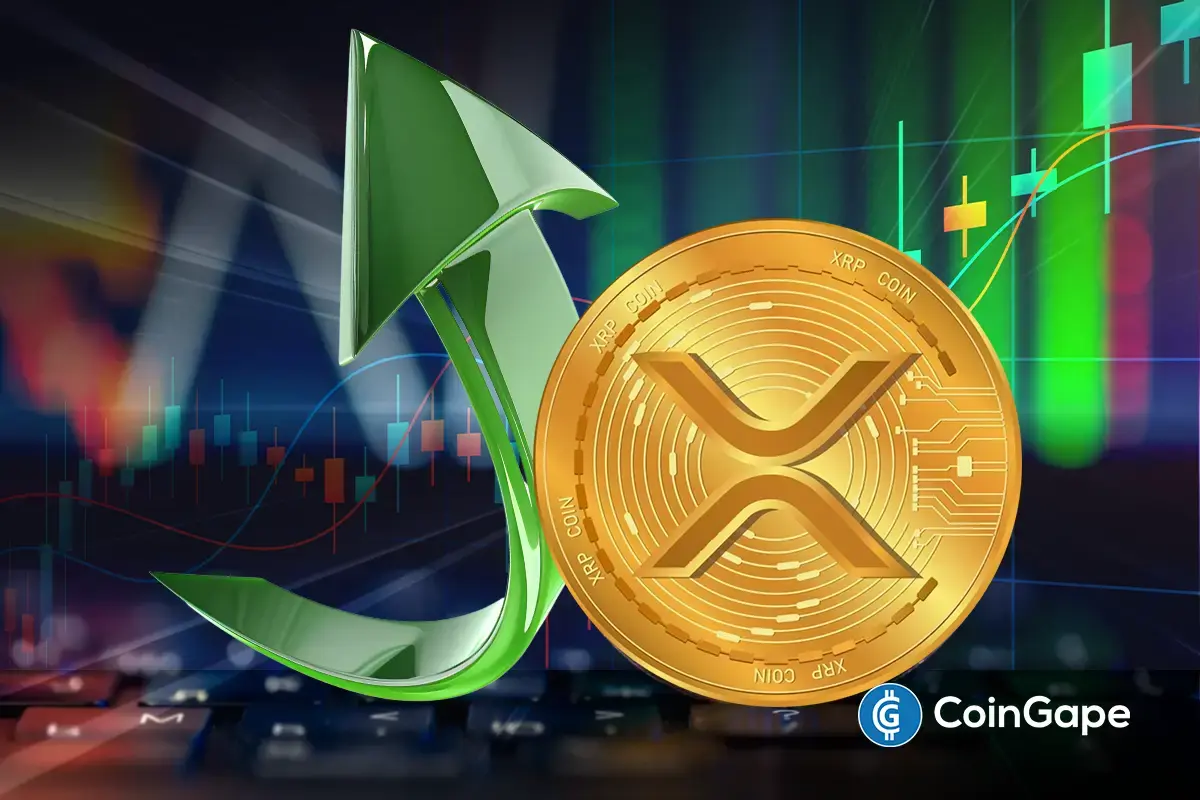Market
Solana’s Pump.fun vs. Tron’s SunPump: Meme Coin Showdown

Solana’s meme coin launchpad Pump.fun is actively defending its market share against Tron’s SunPump, which entered the space in early August.
This competition between the two platforms has fueled the “meme coin wars” trend, with both vying for dominance based on factors such as fees, revenues, sustainability, and profitability.
How Solana’s Pump.fun Battles Tron’s SunPump
A Monday press release outlined Solana’s Pump.fun strategy to defend its market share against Tron’s SunPump. Solana’s project accelerator, Orbitt, announced that its market-making service, Orbitt MM, now supports volume boosts for Pump.fun.
Orbitt MM aims to enhance the trading volume and visibility of Pump.fun token launches, thereby increasing the likelihood of project success and helping Pump.fun maintain its competitive edge in the meme coin space.
“Orbitt MM’s Pump.fun integration will make it easier for meme coin projects to capture the sort of volume that attracts users and adds sustainability. Widely used by Solana token projects seeking to increase volume, Orbitt MM has now been optimized for Pump.fun’s token launchpad,” read the announcement.
Read more: How to Buy Solana Meme Coins: A Step-By-Step Guide
With this new development, projects launched on Solana’s Pump.fun will benefit from Orbitt MM’s support, boosting both pre- and post-launch trading volumes. This is expected to attract investor interest and draw more capital to the platform, while also reviving underperforming Pump.fun projects.
Once a token completes its bonding curve on Pump.fun and is listed on Raydium, Orbitt MM will seamlessly transition the volume-boosting process to Raydium. This bonding curve mechanism differs from the model used by Tron’s SunPump.
Meanwhile, SunPump continues to challenge Pump.fun’s market dominance. Justin Sun has leveraged Tron blockchain’s extensive $60 billion USDT liquidity to drive meme coin creation, fueling a competitive rivalry between the two platforms.
“For me, when it comes to the whole “Why TRON, why SunPump Meme?” thing, the biggest flex is that $60 billion in TRON USDT. No other blockchain protocol has a liquidity pool this massive. Meme coin platforms live and die by liquidity, and TRON’s got it in spades,” Sun noted.
Over the past month, Justin Sun has actively promoted SunPump, highlighting key developments in fees and trading costs. These efforts have shifted attention from Solana to Tron, leading to a 47% decline in token deployments on Solana’s Pump.fun.
Fast-Mover Advantage Keeps Solana’s Pump.fun in the Lead
According to data from Dune, Solana’s Pump.fun remains resilient despite increasing competition from Tron’s SunPump. On key revenue metrics, Pump.fun continues to lead, surpassing $100 million in total revenue. Over the past 24 hours alone, Pump.fun generated $278,914, compared to SunPump’s $36,139.
In terms of new active addresses, Pump.fun is also ahead with 12,421, compared to SunPump’s 1,926. The Solana launchpad leads in several other categories, including trenches volume and daily fees collected.
While Pump.fun dominates on multiple fronts, it’s important to note that it launched in January, giving it a first-mover advantage. SunPump, launched on August 9, has made rapid strides but remains behind in several metrics. As the meme coin launchpads compete for dominance, traders are watching closely to see which platform will gain the upper hand.
Read more: What Is TRON (TRX) and How Does It Work?

However, both launchpads face risks due to the rise of meme coin rug pulls, where malicious actors capitalize on the trend to launch scam tokens. Investors must stay cautious amidst these risks. Amidst such concerns, SushiSwap joined the space among the top crypto news this week.
Disclaimer
In adherence to the Trust Project guidelines, BeInCrypto is committed to unbiased, transparent reporting. This news article aims to provide accurate, timely information. However, readers are advised to verify facts independently and consult with a professional before making any decisions based on this content. Please note that our Terms and Conditions, Privacy Policy, and Disclaimers have been updated.
Market
BNB Price Faces More Downside—Can Bulls Step In?
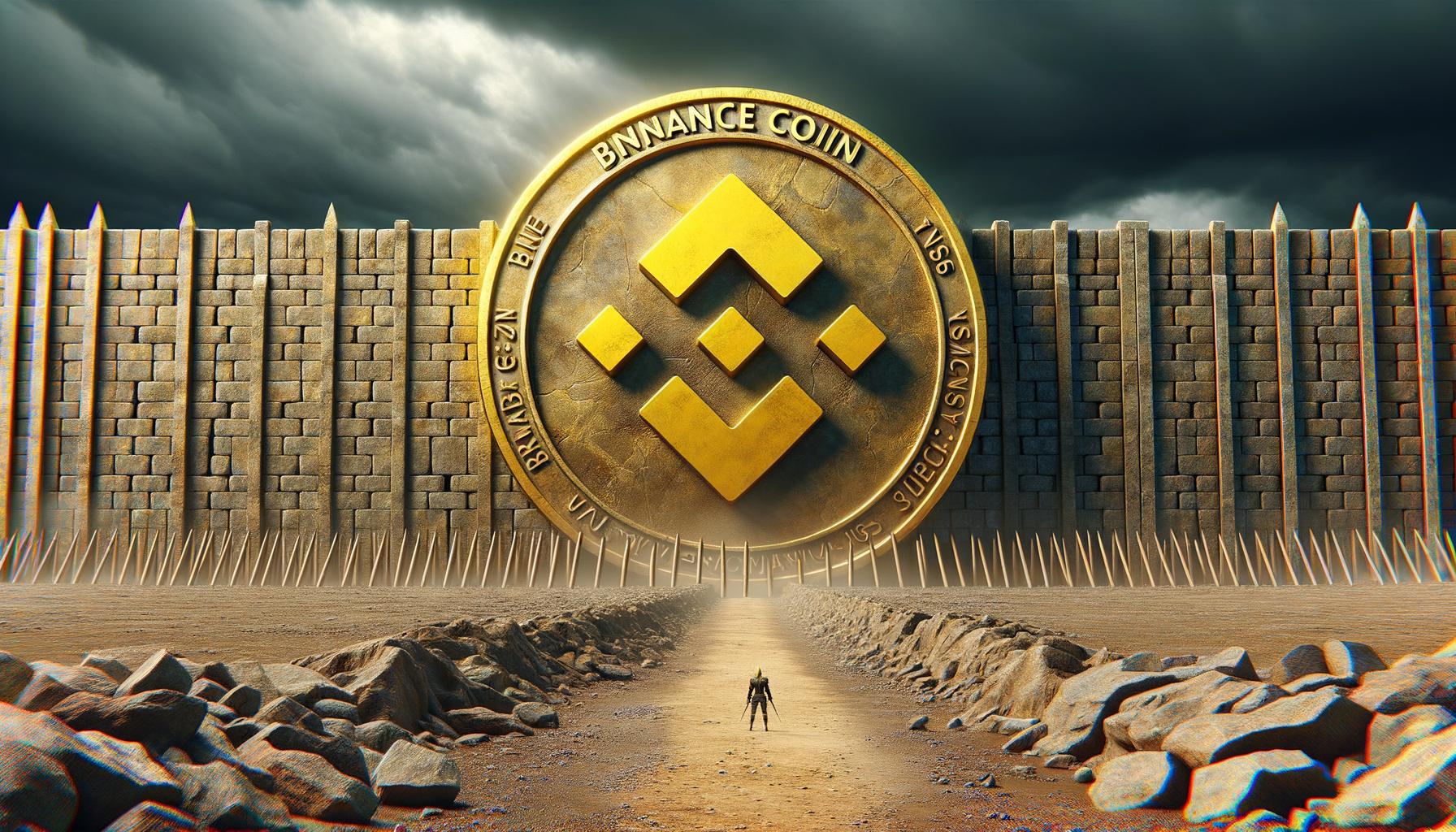
Aayush Jindal, a luminary in the world of financial markets, whose expertise spans over 15 illustrious years in the realms of Forex and cryptocurrency trading. Renowned for his unparalleled proficiency in providing technical analysis, Aayush is a trusted advisor and senior market expert to investors worldwide, guiding them through the intricate landscapes of modern finance with his keen insights and astute chart analysis.
From a young age, Aayush exhibited a natural aptitude for deciphering complex systems and unraveling patterns. Fueled by an insatiable curiosity for understanding market dynamics, he embarked on a journey that would lead him to become one of the foremost authorities in the fields of Forex and crypto trading. With a meticulous eye for detail and an unwavering commitment to excellence, Aayush honed his craft over the years, mastering the art of technical analysis and chart interpretation.
As a software engineer, Aayush harnesses the power of technology to optimize trading strategies and develop innovative solutions for navigating the volatile waters of financial markets. His background in software engineering has equipped him with a unique skill set, enabling him to leverage cutting-edge tools and algorithms to gain a competitive edge in an ever-evolving landscape.
In addition to his roles in finance and technology, Aayush serves as the director of a prestigious IT company, where he spearheads initiatives aimed at driving digital innovation and transformation. Under his visionary leadership, the company has flourished, cementing its position as a leader in the tech industry and paving the way for groundbreaking advancements in software development and IT solutions.
Despite his demanding professional commitments, Aayush is a firm believer in the importance of work-life balance. An avid traveler and adventurer, he finds solace in exploring new destinations, immersing himself in different cultures, and forging lasting memories along the way. Whether he’s trekking through the Himalayas, diving in the azure waters of the Maldives, or experiencing the vibrant energy of bustling metropolises, Aayush embraces every opportunity to broaden his horizons and create unforgettable experiences.
Aayush’s journey to success is marked by a relentless pursuit of excellence and a steadfast commitment to continuous learning and growth. His academic achievements are a testament to his dedication and passion for excellence, having completed his software engineering with honors and excelling in every department.
At his core, Aayush is driven by a profound passion for analyzing markets and uncovering profitable opportunities amidst volatility. Whether he’s poring over price charts, identifying key support and resistance levels, or providing insightful analysis to his clients and followers, Aayush’s unwavering dedication to his craft sets him apart as a true industry leader and a beacon of inspiration to aspiring traders around the globe.
In a world where uncertainty reigns supreme, Aayush Jindal stands as a guiding light, illuminating the path to financial success with his unparalleled expertise, unwavering integrity, and boundless enthusiasm for the markets.
Market
VanEck Sets Stage for BNB ETF with Official Trust Filing
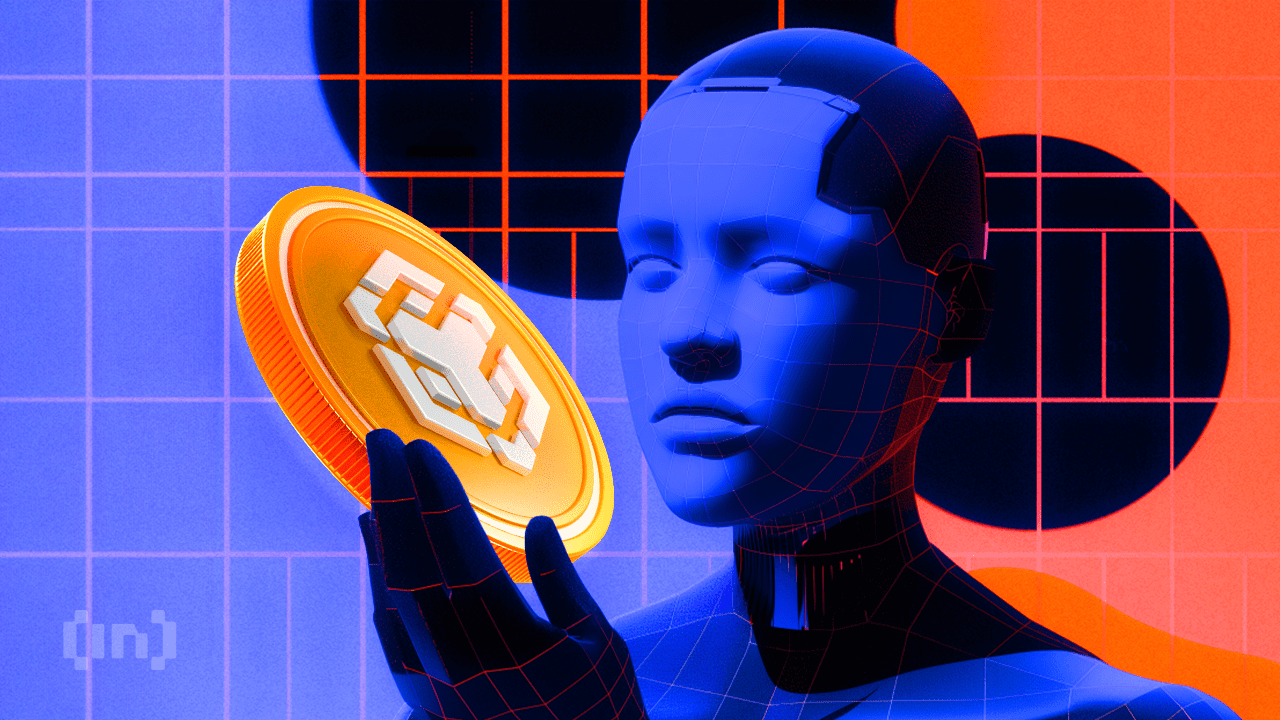
Global investment management firm VanEck has officially registered a statutory trust in Delaware for Binance’s BNB (BNB) exchange-traded fund (ETF).
This move marks the first attempt to launch a spot BNB ETF in the United States. It could potentially open new avenues for institutional and retail investors to gain exposure to the asset through a regulated investment vehicle.
VanEck Moves Forward with BNB ETF
The trust was registered on March 31 under the name “VanEck BNB ETF” with filing number 10148820. It was recorded on Delaware’s official state website.

The proposed BNB ETF would track the price of BNB. It is the native cryptocurrency of the BNB Chain ecosystem, developed by the cryptocurrency exchange Binance.
As per the latest data, BNB ranks as the fifth-largest cryptocurrency by market capitalization at $87.1 billion. Despite its significant market position, both BNB’s price and the broader cryptocurrency market have faced some challenges recently.
Over the past month, the altcoin’s value has declined 2.2%. At the time of writing, BNB was trading at $598. This represented a 1.7% dip in the last 24 hours, according to data from BeInCrypto.

While the trust filing hasn’t yet led to a price uptick, the community remains optimistic about the prospects of BNB, especially with this new development.
“Send BNB to the moon now,” an analyst posted on X (formerly Twitter).
The filing comes just weeks after VanEck made a similar move for Avalanche (AVAX). On March 10, VanEck registered a trust for an AVAX-focused ETF.
This was quickly followed by the filing of an S-1 registration statement with the US Securities and Exchange Commission (SEC). Given this precedent, a similar S-1 filing for a BNB ETF could follow soon.
“A big step toward bringing BNB to US institutional investors!” another analyst wrote.
Meanwhile, the industry has seen an influx of crypto fund applications at the SEC following the election of a pro-crypto administration. In fact, a recent survey revealed that 71% of ETF investors are bullish on crypto and plan to increase their allocations to cryptocurrency ETFs in the next 12 months.
“Three-quarters of allocators expect to increase their investment in cryptocurrency-focused ETFs over the next 12 months, with demand highest in Asia (80%), and the US (76%), in contrast to Europe (59%),” the survey revealed.
This growing interest in crypto ETFs could drive further demand for assets like BNB, making the VanEck BNB ETF a potentially significant product in the market.
Disclaimer
In adherence to the Trust Project guidelines, BeInCrypto is committed to unbiased, transparent reporting. This news article aims to provide accurate, timely information. However, readers are advised to verify facts independently and consult with a professional before making any decisions based on this content. Please note that our Terms and Conditions, Privacy Policy, and Disclaimers have been updated.
Market
XRP Recovery Stalls—Are Bears Still In Control?
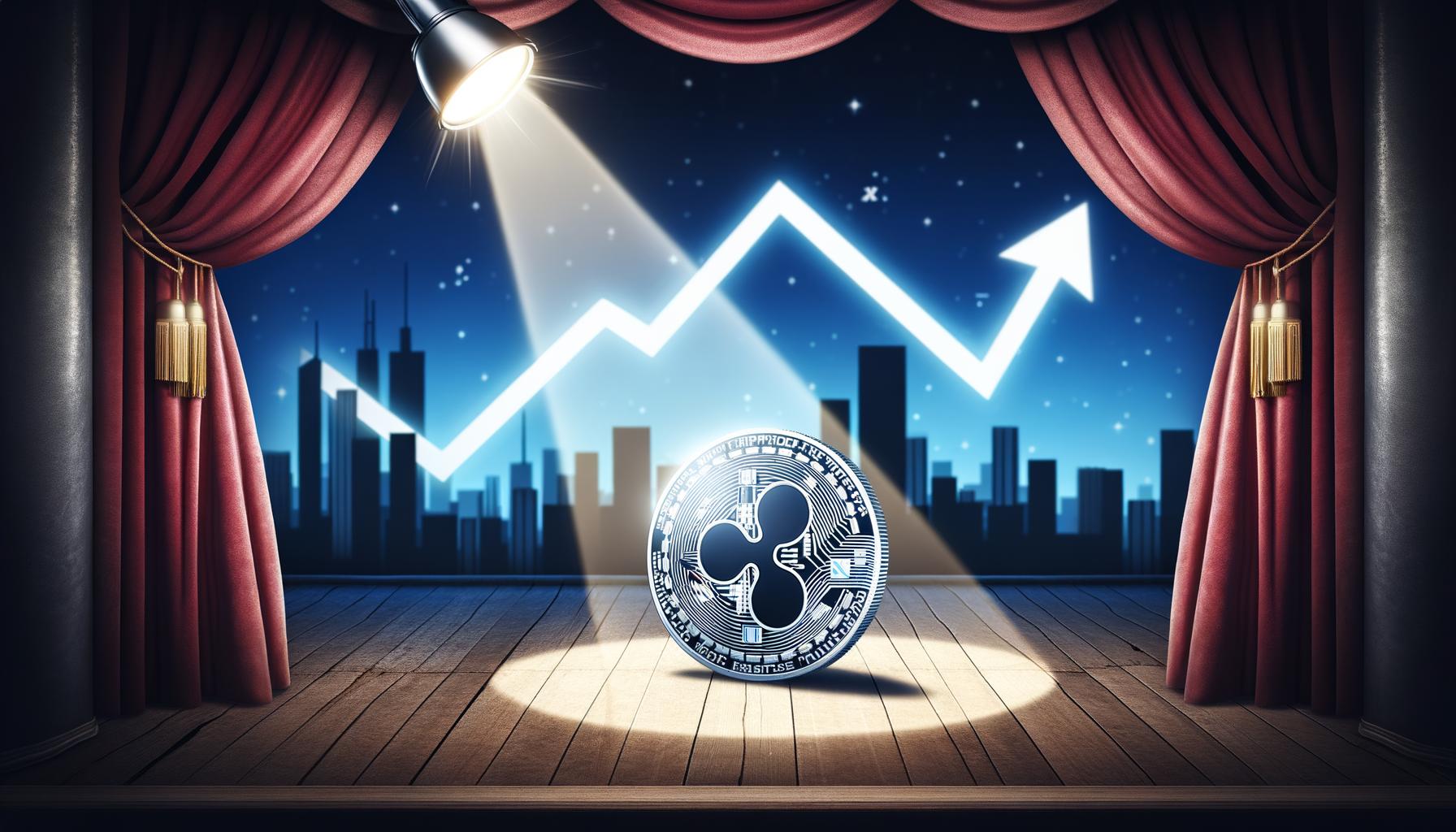
XRP price started a fresh decline from the $2.20 zone. The price is now consolidating and might face hurdles near the $2.120 level.
- XRP price started a fresh decline after it failed to clear the $2.20 resistance zone.
- The price is now trading below $2.150 and the 100-hourly Simple Moving Average.
- There is a connecting bearish trend line forming with resistance at $2.120 on the hourly chart of the XRP/USD pair (data source from Kraken).
- The pair might extend losses if it fails to clear the $2.20 resistance zone.
XRP Price Faces Rejection
XRP price failed to continue higher above the $2.20 resistance zone and reacted to the downside, like Bitcoin and Ethereum. The price declined below the $2.150 and $2.120 levels.
The bears were able to push the price below the 50% Fib retracement level of the recovery wave from the $2.023 swing low to the $2.199 high. There is also a connecting bearish trend line forming with resistance at $2.120 on the hourly chart of the XRP/USD pair.
The price is now trading below $2.150 and the 100-hourly Simple Moving Average. However, the bulls are now active near the $2.10 support level. They are protecting the 61.8% Fib retracement level of the recovery wave from the $2.023 swing low to the $2.199 high.
On the upside, the price might face resistance near the $2.120 level and the trend line zone. The first major resistance is near the $2.150 level. The next resistance is $2.20. A clear move above the $2.20 resistance might send the price toward the $2.240 resistance. Any more gains might send the price toward the $2.2650 resistance or even $2.2880 in the near term. The next major hurdle for the bulls might be $2.320.
Another Decline?
If XRP fails to clear the $2.150 resistance zone, it could start another decline. Initial support on the downside is near the $2.10 level. The next major support is near the $2.0650 level.
If there is a downside break and a close below the $2.0650 level, the price might continue to decline toward the $2.020 support. The next major support sits near the $2.00 zone.
Technical Indicators
Hourly MACD – The MACD for XRP/USD is now gaining pace in the bearish zone.
Hourly RSI (Relative Strength Index) – The RSI for XRP/USD is now below the 50 level.
Major Support Levels – $2.10 and $2.050.
Major Resistance Levels – $2.120 and $2.20.
-

 Market24 hours ago
Market24 hours agoEthereum Struggles to Break Out as Bear Trend Fades
-
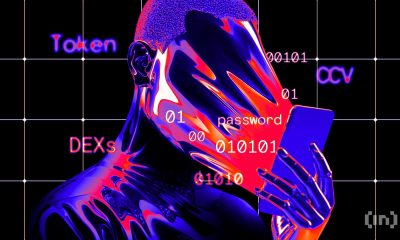
 Market23 hours ago
Market23 hours agoHow Did UPCX Lose $70 Million in a UPC Hack?
-

 Market18 hours ago
Market18 hours agoBeInCrypto US Morning Briefing: Standard Chartered and Bitcoin
-

 Market17 hours ago
Market17 hours agoAnalyst Reveals ‘Worst Case Scenario’ With Head And Shoulders Formation
-

 Market15 hours ago
Market15 hours agoBitcoin Price Bounces Back—Can It Finally Break Resistance?
-

 Market22 hours ago
Market22 hours agoHill Rejects Interest-Bearing Stablecoins Despite Armstrong’s Wish
-
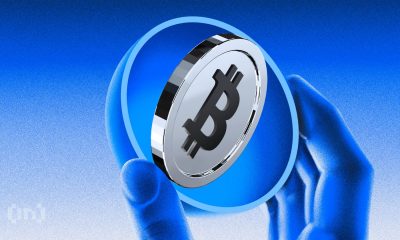
 Bitcoin19 hours ago
Bitcoin19 hours agoBitcoin Could Serve as Inflation Hedge or Tech Stock, Say Experts
-

 Market19 hours ago
Market19 hours agoSUI Price Stalls After Major $147 Million Token Unlock



